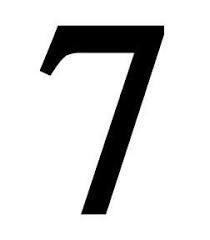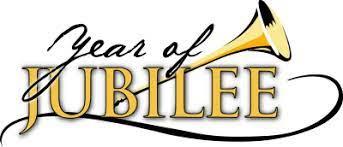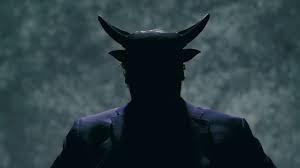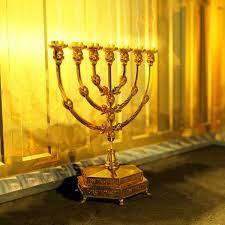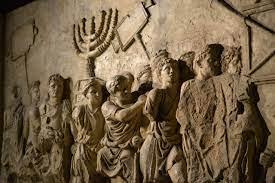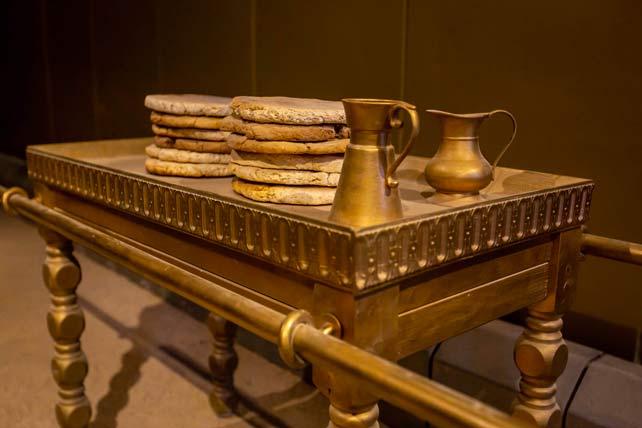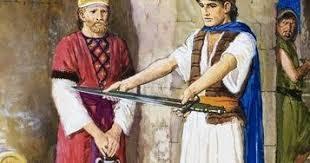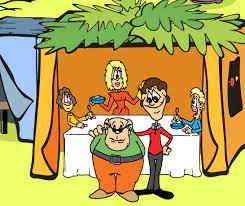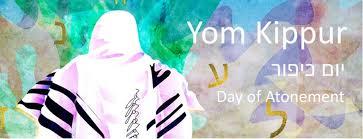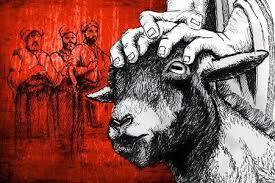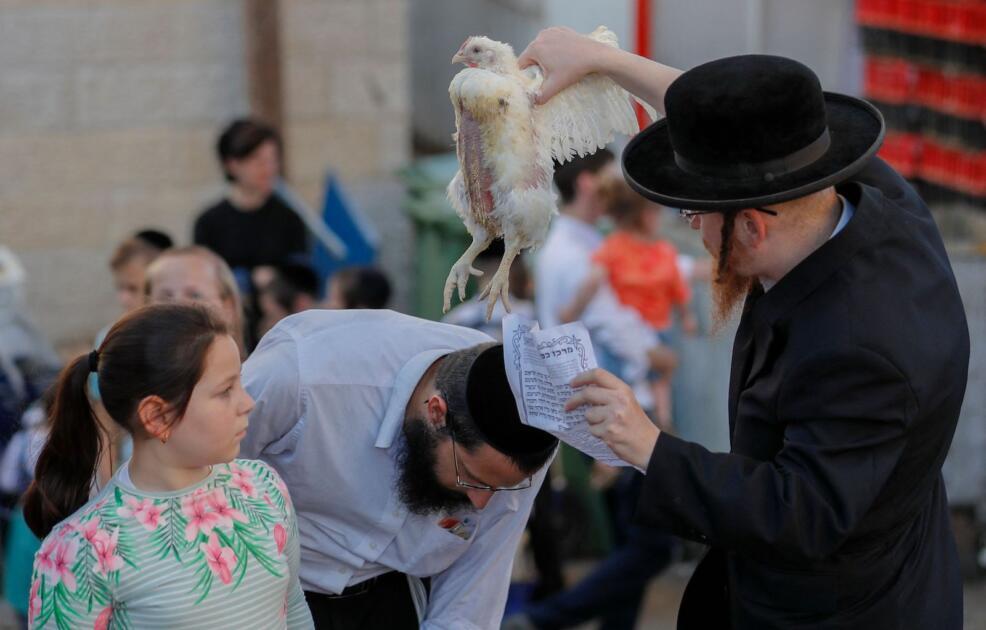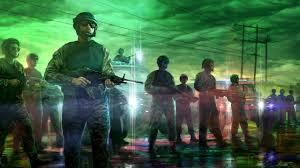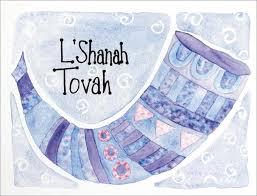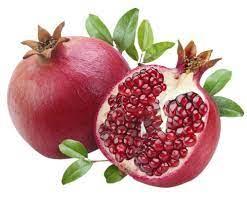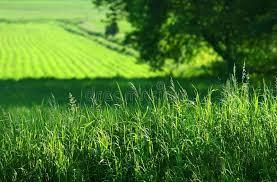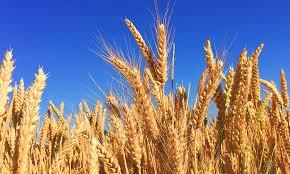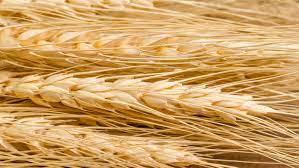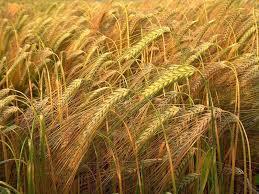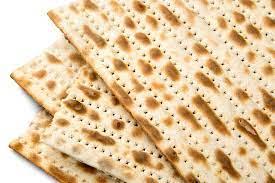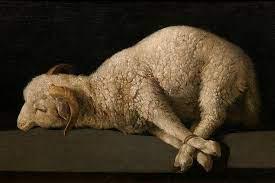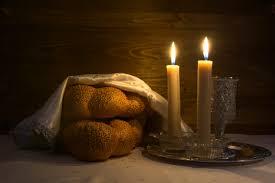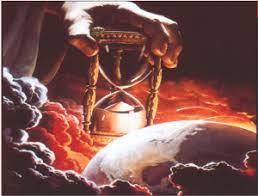Eo – Leasing the Land 25: 14-17
Leasing the Land
25: 14-17
Leasing the land DIG: How is the price for the land calculated? Why was it only leased, and not actually bought? How did this mitzvah tend to balance out the rich and the poor in Israelite society? Why was it important to treat each other with honesty and civility?
REFLECT: Would you prefer to lease or buy land? Why? If you were selling land that had been in your family for centuries, how would you feel about the opportunity to get it back again? Or at least your children or grandchildren being able to keep it in the family?
You are not to take advantage of each other, but you are to fear your God.
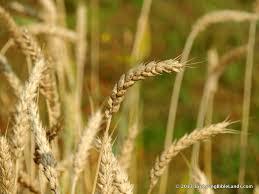
The Torah returns to one of the unique features of the Jubilee (to see link click Em – The Year of Jubilee) – the restoration of land to the original owners or their descendants. While selling their land was not ideal, it was sometimes necessary. Then, it had to be done fairly and sold only to Israelites. The way it worked was that the sale of the land had to be adjusted, based on the number of years since the last Jubilee in order to determine the amount of produce that would have been collected. You are to take into account the number of years after the Year of Jubilee when you buy land from your neighbor, and he is to sell to you according to the number of years crops will be raised (25:15). In other words, the land was actually just being leased for a certain number of years depending on the number of crops that could be harvested before the next Jubilee. If the number of years remaining is large, you will raise the price; if few years remain, you will lower it; because what he is really selling you is the number of crops to be produced (25:16). The greater number of years that remained until the Jubilee warranted a higher price, while the purchase closer to the time of the Jubilee would proportionately lower the price.
Thus, you are not to take advantage of each other, but you are to fear your God; for I am ADONAI your God (25:17). The people were not to take advantage of one another; their dealings had to be fair (19:18). Likewise, believers are commanded to be fair in their dealings with those dependent on them, remembering that we too have a Master in heaven (Colossians 4:1). Only those who realize that Ha’Shem sees all and will punish even secret transgressions of His mitzvot (see Cy – The Holiness Code) will resist the temptation to try to get away with their sins and their crimes. This mitzvah also reminded the rich buyers not to become too attached to the land.497 They guaranteed each family land, and a fresh start every fifty years. Freedom from crushing debt and possession of land, the basic source of wealth, provide a form of social justice built into the economic system that would guarantee most a fair opportunity in life.498
The command to effect justice between buyer and seller is taken very seriously in Jewish legal material. The Talmud (see the commentary on The Life of Christ Ei – The Oral Law) is replete with exacting standards of how to establish fair trade. Specific criteria are established whereby a dispute between buyer and seller can be scrutinized to determine whether or not the transaction is legally binding. When confronted with a matter where either the buyer or seller is dissatisfied, they are to carefully consider their claim and weigh the evidence to determine if the transaction occurred in good faith. Did the customer get what he paid for? Was the seller reimbursed? Was the price fair? As much as it is in our power to do so, the Talmud sets standards of fair commerce that are to be upheld.
Typically, we do not bring our religion into the mundane matters of retail exchanges and business transactions, but the Torah is just as relevant in this arena as it is in the mod sublime matter of faith and spirituality, it continues to be our blueprint for living (see the commentary on Deuteronomy Bk – The Ten Words). Consider, for example, the constant concern with righteous weights and measures. In fact, one might even argue that true godliness is far more readily apparent in the way one conducts his everyday business affairs than it is in the way one carries on in a religious context. Therefore, it is a commandment of the Torah not to wrong anyone in buying or selling. Before jumping on a “great deal,” a buyer must be certain the seller knows the full value of the product he is selling. So too, before taking a customer for all he is worth, a seller must conscientiously explain the value of the product he is selling. He must resist the temptation to inflate the price for purposes of taking advantage of an unwary buyer. Regardless of whether we cheated a person deliberately or accidentally overcharging him, we are duty bound to compensate them. By conducting business under this scrupulous mitzvah of the Torah, believers should be known world-wide as the most honest people in the world. If this mitzvah were kept, people would travel great distances specifically to do business with people of the Torah.499
Dear Heavenly Father, What a wise Heavenly Father You are! You evaluate the love for me, not by how many times I go to worship services (though You definitely desire that) nor is it how beautiful I sing in worship (though You are so worthy of beautiful singing); but what is most important to You is the heart I bring to worship. It is hard to think that someone could do miracles in Your name and not really love You, but that is what You say. Not everyone who says to Me, “Lord, Lord!” will enter the kingdom of Heaven, but he who does the will of My Father in heaven. Many will say to Me on that day, “Lord, Lord, didn’t we prophesy in Your name, and drive out demons in Your name, and perform many miracles in Your name?” Then I will declare to them, “I never knew you. Get away from Me, you workers of lawlessness” (Matthew 7:21-23)!
What a comfort it is that You do not gauge success by physical appearance; but it is the attitude of the heart that You look at, and from which You desire to see true and faithful love. ADONAI does not see a man as man sees, for man looks at the outward appearance, but Adonai looks into the heart (First Samuel 16:7). It is good to please and serve You joyfully, even in hard times, for we know the difficult trials will be over soon. For I consider the sufferings of this present time not worthy to be compared with the coming glory to be revealed to us (Romans 8:18). Heaven will be forever! Praise You for making a home in heaven for all who love You (John 14:1-3). In Jesus’ holy Name and power of His resurrection. Amen





